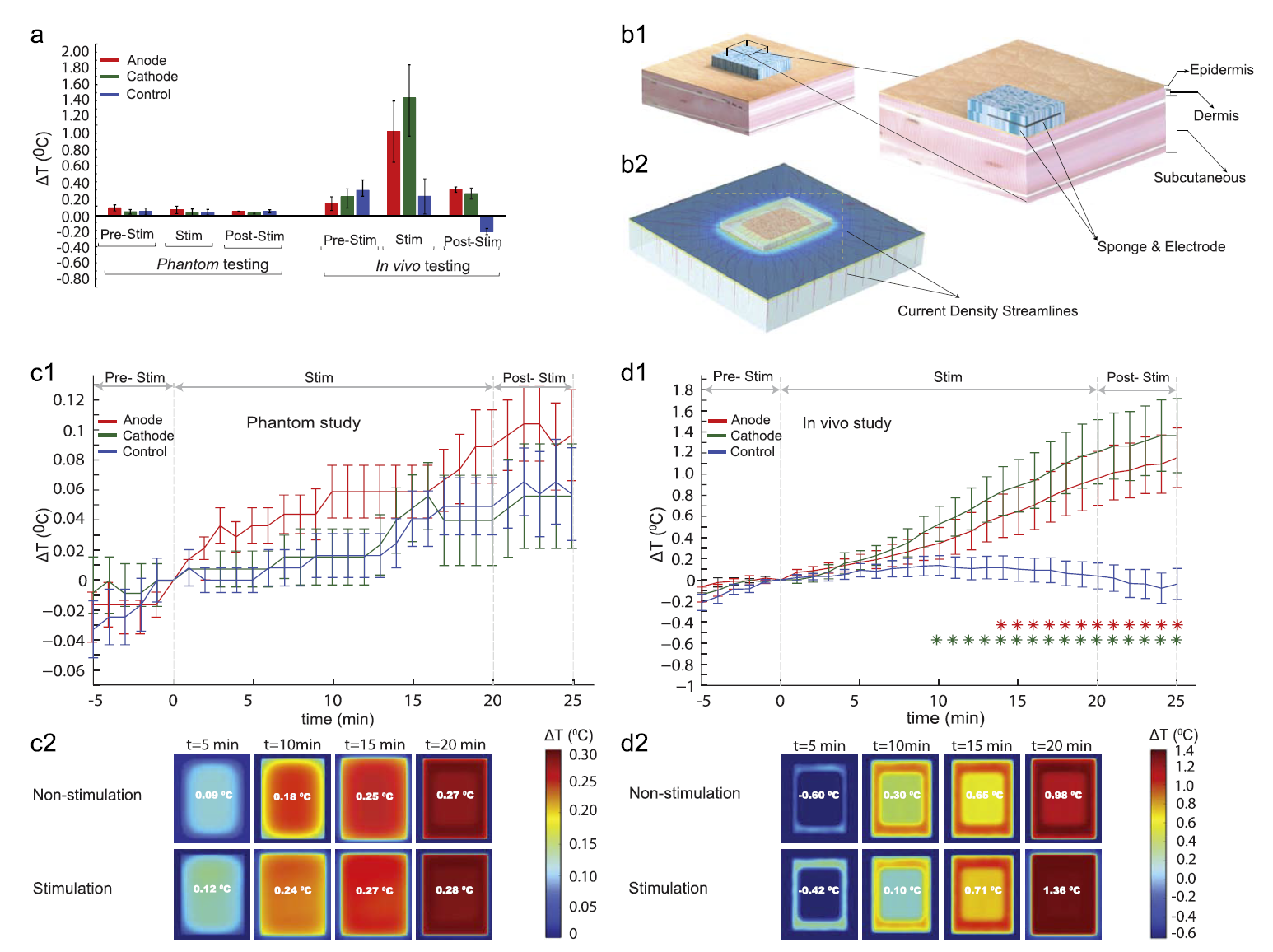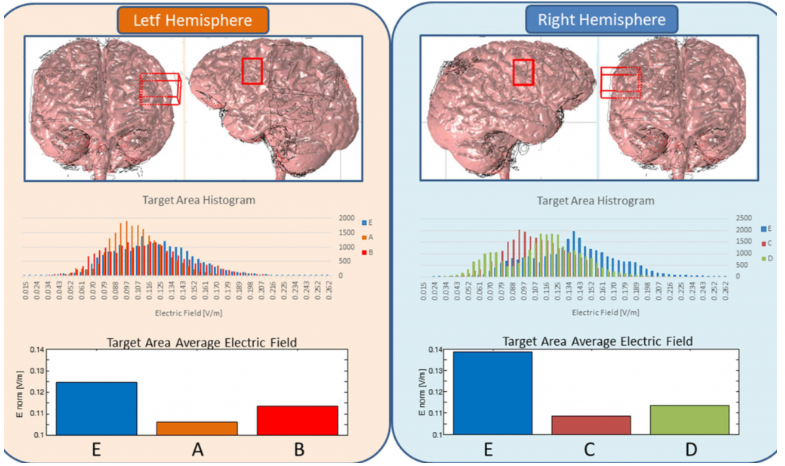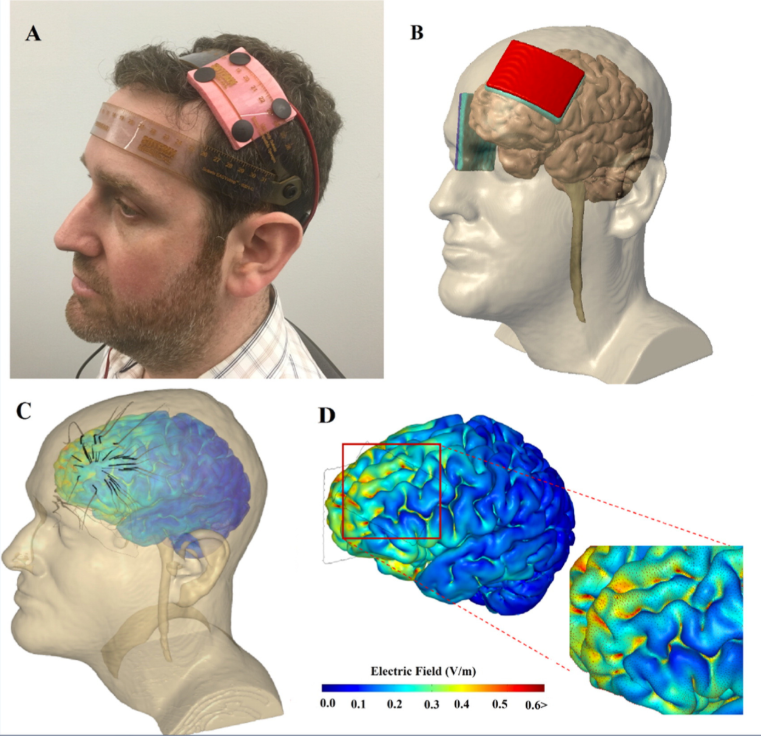Human cochlear hydrodynamics: A high-resolution μCT-based finite element study
Annalisa De Paolis, Hirobumi Watanabe, Jeremy T. Nelson, Marom Bikson, Mark Packer, Luis Cardoso
Journal of Biomechanics 50 (2017) 209–216
PDF: Human cochlear hydrodynamics Journal Link
Abstract: Measurements of perilymph hydrodynamics in the human cochlea are scarce, being mostly limited to the fluid pressure at the basal or apical turn of the scalae vestibuli and tympani. Indeed, measurements of fluid pressure or volumetric flow rate have only been reported in animal models. In this study we imaged the human ear at 6.7 and 3-mm resolution using mCT scanning to produce highly accurate 3D models of the entire ear and particularly the cochlea scalae. We used a contrast agent to better distinguish soft from hard tissues, including the auditory canal, tympanic membrane, malleus, incus, stapes, ligaments, oval and round window, scalae vestibule and tympani. Using a Computational Fluid Dynamics (CFD) approach and this anatomically correct 3D model of the human cochlea, we examined the pressure and perilymph flow velocity as a function of location, time and frequency within the auditory range. Perimeter, surface, hydraulic diameter, Womersley and Reynolds numbers were computed every 45° of rotation around the central axis of the cochlear spiral. CFD results showed both spatial and temporal pressure gradients along the cochlea. Small Reynolds number and large Womersley values indicate that the perilymph fluid flow at auditory frequencies is laminar and its velocity profile is plug-like. The pressure was found 102–106° out of phase with the fluid flow velocity at the scalae vestibule and tympani, respectively. The average flow velocity was found in the sub-mm/s to nm/s range at 20–100 Hz, and below the nm/s range at 1–20 kHz.


















